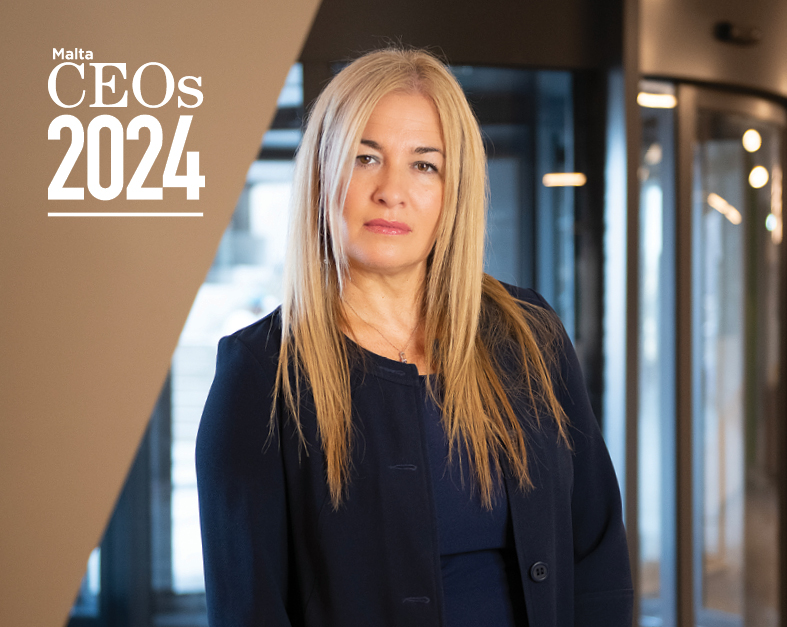This article is a sequel to my previous one entitled ‘Value is in the eye of the consumer: How to identify waste in your business’. It will be followed up by several other subsequent and related discussions, simply because there is so much to say within this space.
To save you the trouble of shuffling through past articles, may I remind you that the theme from earlier articles was that of discussing wasteful activities – or roadblocks – within typical business operations. The more intangible business activities may be, the more susceptible to not-so-obvious non-value-adding activities they may be subject to. These activity types could be embedded within approved operating procedures and associated tasks, or possibly though adopted traditional ways of doing work.
Through my experiences, many a time have I come across business owners, CEOs and those in similar roles, most of whom admittedly seemed overwhelmed. Many were working super long hours, fretting with late nights at the office and perhaps even working from home – thanks to the more accepted remote working practice nowadays – simply trying to make it through difficult challenges. Determined to reach their goals. Striving to drive their business performance to higher levels.
As James Womack rightly put it in his book ‘Lean Thinking’, this approach to working can very easily be employed as our style of addressing the load. Unless we stop, sit back and identify other ways of working smarter, rather than harder, the latter is most probably the most obvious route.
As stated in my last article, when we discuss the discipline of Lean Management, we define eight types of wastes. It is now time, through this and the following few articles, to explore in more detail, these wastes – one at a time.
We shall start with the first, which is process-oriented: non-quality.
A consequence of non-quality – or better known as ‘defects’ – is an exponentially increased and subsequent effect of other generated levels of waste.
Use case: tangible environment
Take the typical case within the supply chain. Consider sectors such as retail, engineering, manufacturing, and related industries dealing with physical matter.
We buy our raw materials. We do not trust our suppliers, so we create a classical non-value adding activity for the received material to undergo a quality control inspection. Before the inspection certifies the raw material as acceptable, the material has to wait at our goods inwards identified area. If the inspection does not accept the raw materials for a detected defect, we need to move the rejected stock into another identified area – generally referred to as quarantine stores – and employ resources to manage the stock held within.
Some level of interaction, communication and justification needs to take place to complain to the defaulting supplier. Possibly spending hours at laborious administrative tasks, eventually returning the defective stock back to the supplier for replacement/refunding, undergoing some kind of rework operation to attempt to salvage the rejected material, or possibly even scrapping the material with all subsequent consequences to environmental matters, to mention the most prominent of debates at the moment!
Can you take a deep dive into the above and identify (and cost out) the amount of non-value adding elements, or waste, thus generated? The answer is loads of it!
Have we specified the entire lot of characteristics and specifications for our procured raw material?
Has the supplier produced the raw material we required to the right level of expectations?
Did anything go wrong in the interim warehousing, transportation, handling of the material until it reached its destination at your goods inwards loading bay?
Use case: intangible environment
Can you draw the parallel with the service industry?
Think of sectors offering an experience, rather than physical matter. Take for example the banking industry, financial services, hospitality, healthcare, and so many other such ‘experiential’ sectors.
Simplistically put, just to draw the parallel, consider the case within the hospitality industry: order your espresso at the café.
Can you consider the knock-on effect of being erroneously served a macchiato instead? A discussion we have had in a past article within this series.
Non-quality outcomes: defects
The result of non-quality: defective items, wrong service offered, rejected work and the like. This is one of the most easily recognisable wastes in any type of operation: rejected or erroneous outcomes. Within the context of this discussion, let’s call them ‘defects’.
Defects are usually the result of mistakes that require ‘after the fact’ additional time, effort, resources, money to fix the problem, or to remake the items or re-deliver the service.
Defects are one of the most significant wastes because they lead to an exponential increase in the generation of additional non-value adding activities (thereby generating even more waste!) as discussed above within the supply-chain context.
While completely eradicating any form of process waste is a very difficult mission to embark upon, the opportunity of defects occurring can be limited by the introduction of such disciplines as Poka Yoke (or mistake proofing) methodologies, standardised work plans, proactive risk identification and planning, more robust quality assurance (not control) systems, and appropriate levels of in-process quality management at specific points within the activity.
A full understanding of the customer needs, and the work requirements involved, are key success factors for our organisation to deliver – as a minimum – the expected level of value, as perceived by the customers. The work requirement identified should be designed through careful planning and the necessary translating of these activities into clearly defined processes.
It does not take much to imagine why poor communication with the customer, and a lack of standardised processes, will generally lead to products or services that do not conform with requirements. When this happens, the non-complying products or services delivered must somehow be repaired or redone anew to attempt to better satisfy the customer’s anticipated needs.
Perhaps the most obvious of the eight wastes of Lean, defects (non-quality) are the instigator to several other forms of roadblocks within any business activity.
Quality mindset
Adopting the right attitude needs to be established at the onset.
Doing work, delivering a service, generating outcomes, or delivering a product that is not to the expected or perceived level is pure non-value adding, or waste: call it defective.
Our own culture, and that of our people, has to be accepting of this quality-driven mindset.
Quality is often sacrificed. This is especially true when speed in delivery of service or product takes priority over delivered value. Such situations lead to mistakes, defects, unplanned costs and loss in profit margins, damaged customer loyalty, and wasted time to sort out the mess! As legendary basketball coach John Wooden once said: “If you don’t have the time to do it right, when will you have time to do it over?”
—
Ing. Joseph Micallef is a freelance Consulting Advisor, bringing with him over 30 years’ worth of experience across various sectors. Working in areas related with quality, lean, business process transformation and project execution and programme management he can be contacted directly on +356 9982 2244 or [email protected]
How to prioritise tasks when everything is important
Effective prioritisation can help establish the areas of focus that really matter.
Why active listening makes people better leaders
Being a good listener is considered among the most important leadership skills.
Leaders, what is your relationship with ‘rest’?
Understanding our attitudes and behaviours around rest can empower us to learn how to rest in a way that prevents ...
Say goodbye to your 60-hour work week
7 tips to stop business leaders from overworking.











